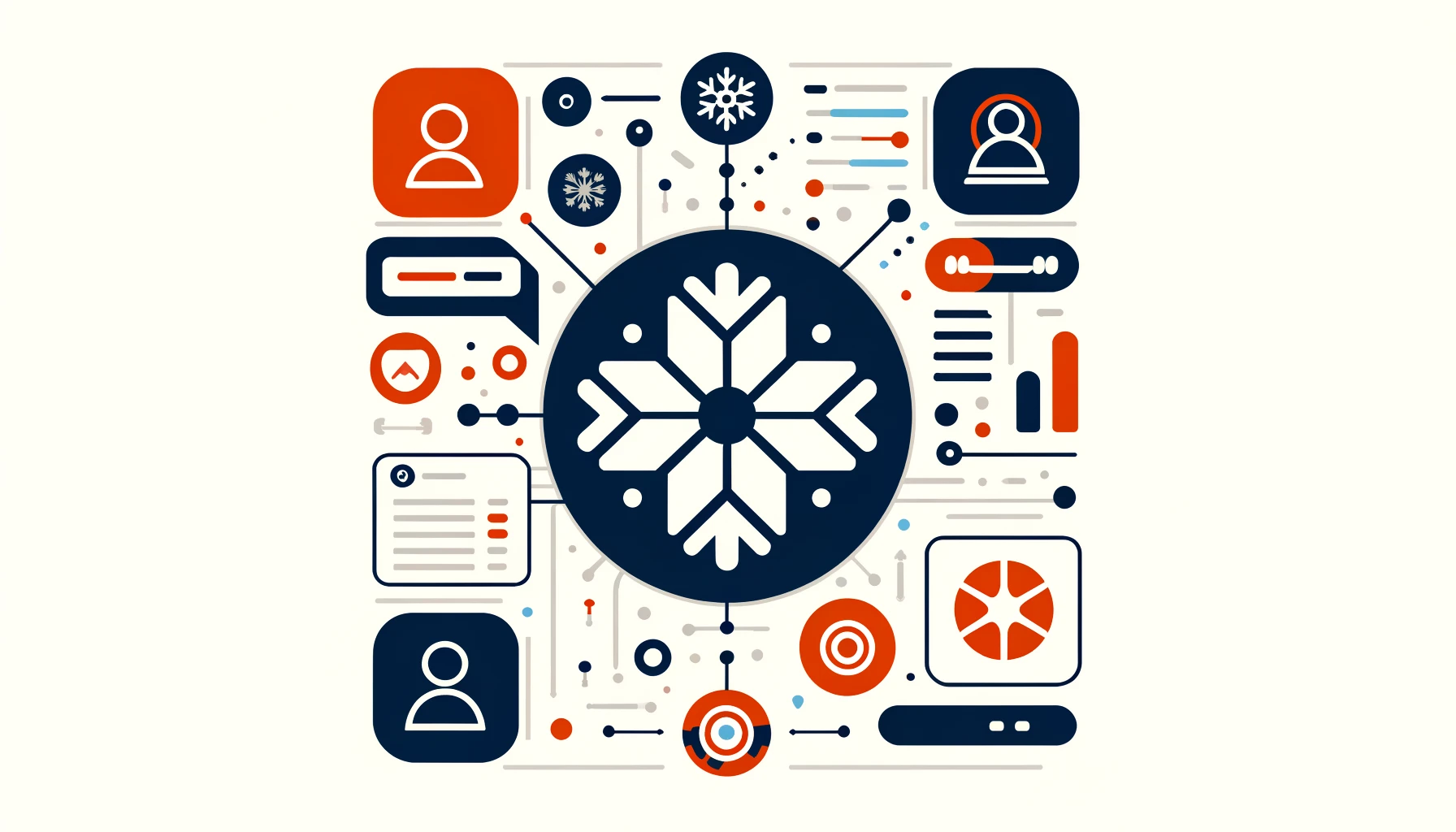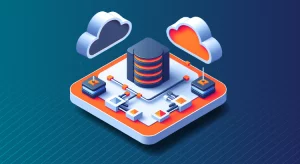
Snowflake Account Management

Introduction
Businesses focus on security and management when using the cloud for storing sensitive data. Snowflake is a data platform with strong account management features for organizations to control their data effectively. This article will cover the basics of managing a Snowflake account management and how it improves cloud database security.
Snowflake is a cloud-based Database as a Service (DBaaS), a data warehouse platform. It benefits from its nature of being a cloud-based platform written from scratch. It protects the user from struggling through the AWS or Azure cloud infrastructure setup. Due to its unique architecture and cloud-native nature, understanding Snowflake’s account management is essential for effectively managing and securing your data.
Understanding Snowflake Account Hierarchy
Snowflake employs a hierarchical account structure to enable granular control over data access and privileges. At the top of the hierarchy is the ORGADMIN role. This role has complete control over all accounts within an organization. Below the ORGADMIN are individual Snowflake accounts, each with its own ACCOUNTADMIN and SECURITYADMIN roles.
The ACCOUNTADMIN is responsible for managing users, roles, and resources within a specific account. They can create and modify users, grant privileges, and monitor account usage. The SECURITYADMIN, on the other hand, focuses on managing security-related aspects of the account. For example implementing network policies and managing encryption keys.
Example: In a large enterprise, the ORGADMIN oversees multiple Snowflake accounts, each representing a different department or business unit. The person in charge of the marketing department’s account can add users and give them permission to see certain data. The security person makes sure that private customer information is protected and only seen by approved staff.
RBAC for Two Levels
Snowflake security implements role-based access control (RBAC) at two levels:
Level 1. Account-level RBAC
This is the advanced RBAC system that controls the roles and privileges for accounts, like ORGADMIN, ACCOUNTADMIN, and SECURITYADMIN. These roles help manage Snowflake accounts by creating and managing users, roles, and resources within an account.
Level 2. Object-level RBAC
This is the inner level of RBAC. It applies to objects in a Snowflake account. These objects include databases, schemas, tables, views, and other resources. Users and roles in an account can access and change objects based on their assigned roles and permissions.
Example:
Let’s say you have a Snowflake account for your marketing department. The ACCOUNTADMIN, like the Marketing Operations Manager, creates and manages users and roles within the account.
Within the account, you can create roles such as MARKETING_ANALYST and MARKETING_MANAGER. You can then grant specific privileges to these roles, such as:
- MARKETING_ANALYST:
- SELECT on the MARKETING_DB.PUBLIC.CAMPAIGNS table
- SELECT on the MARKETING_DB.PUBLIC.ADS_PERFORMANCE view
and
- MARKETING_MANAGER:
- ALL PRIVILEGES on the MARKETING_DB.PUBLIC.CAMPAIGNS table
- SELECT on the FINANCE_DB.PUBLIC.BUDGET view
Users then receive these roles based on their job functions and gain the privileges associated with them. RBAC’s inner level limits users to accessing and changing only the objects in their account needed for their work.
SQL User Management
The CREATE USER and CREATE GROUP commands in Snowflake are not related to the account types mentioned in this article like ORGADMIN, ACCOUNTADMIN, and SECURITYADMIN. Account types in Snowflake organizations are roles used to manage and administer accounts at different levels within the organization.
The CREATE USER and CREATE GROUP statements in Snowflake manage individual users and groups of users in an account.
CREATE USER: This statement is used to create a new user within a Snowflake account. Users are the entities that can log in to Snowflake and perform various actions based on the roles and privileges assigned to them.
Example:
CREATE USER john_doe PASSWORD = 'password123' DEFAULT_ROLE = data_analyst;
CREATE GROUP: This statement is used to create a new group within a Snowflake account. Groups are used to organize users and simplify the process of granting and revoking privileges. Instead of giving roles and privileges to each user, you can assign them to a group. Users will then have the same privileges as the group they are part of.
Example:
CREATE GROUP marketing_analysts;
The ACCOUNTADMIN and SECURITYADMIN roles manage users and groups in a Snowflake account. You create and manage users and groups using the CREATE USER and CREATE GROUP statements.
This is usual for managed services in general.
Managing User Roles and Privileges
You can control who can access data and resources by making custom roles for users. This way, individuals only have access to what they need for their job.
Example: Let’s say you have a team of data analysts who need read access to a specific set of tables in your Snowflake account. You can create a custom role called “DATA_ANALYST” and grant it the necessary SELECT privileges on those tables. Next, assign the DATA_ANALYST role to each team member. This will give them the necessary access without granting excessive power.
Implementing Network Security Policies
Snowflake provides a range of network security features to help you control access to your cloud database. You can use these features to control access to your system. You can also make connections more secure with SSL/TLS. Additionally, you can work with other security tools.
To keep your Snowflake account safe, create network policies that only allow access from approved IP ranges in your organization. Additionally, you can require all connections to use SSL/TLS encryption to protect data in transit.
Best Practices for Snowflake Account Management
To maximize the data security and efficiency of your Snowflake account, consider the following best practices:
- Follow the principle of least privilege, granting users only the permissions they need to perform their job functions.
- Regularly review and update user roles and privileges to ensure they remain appropriate as job responsibilities change.
- Implement strong password policies and encourage the use of multi-factor authentication (MFA) for added security.
- Monitor account activity and investigate any suspicious or unauthorized actions promptly.
- Keep your Snowflake account up to date with the latest security patches and features.
Example: Use Snowflake’s Account Usage Dashboards during your security review to analyze user activity and find any inactive or unnecessary accounts. You can work with the ACCOUNTADMIN to remove or disable accounts, making your system more secure.
Conclusion
Effective Snowflake account management is crucial for maintaining the security and integrity of your cloud database. To protect your data, make sure to organize accounts, manage user roles, establish security rules, encrypt data, and monitor account activity. This will help prevent unauthorized access and ensure compliance with regulations. This helps prevent unauthorized access and follows rules.
DataSunrise provides user-friendly and flexible security tools for Snowflake databases, offering strong protection and compliance features. Contact our team for an online demo to see how our solutions can improve your cloud database security.
